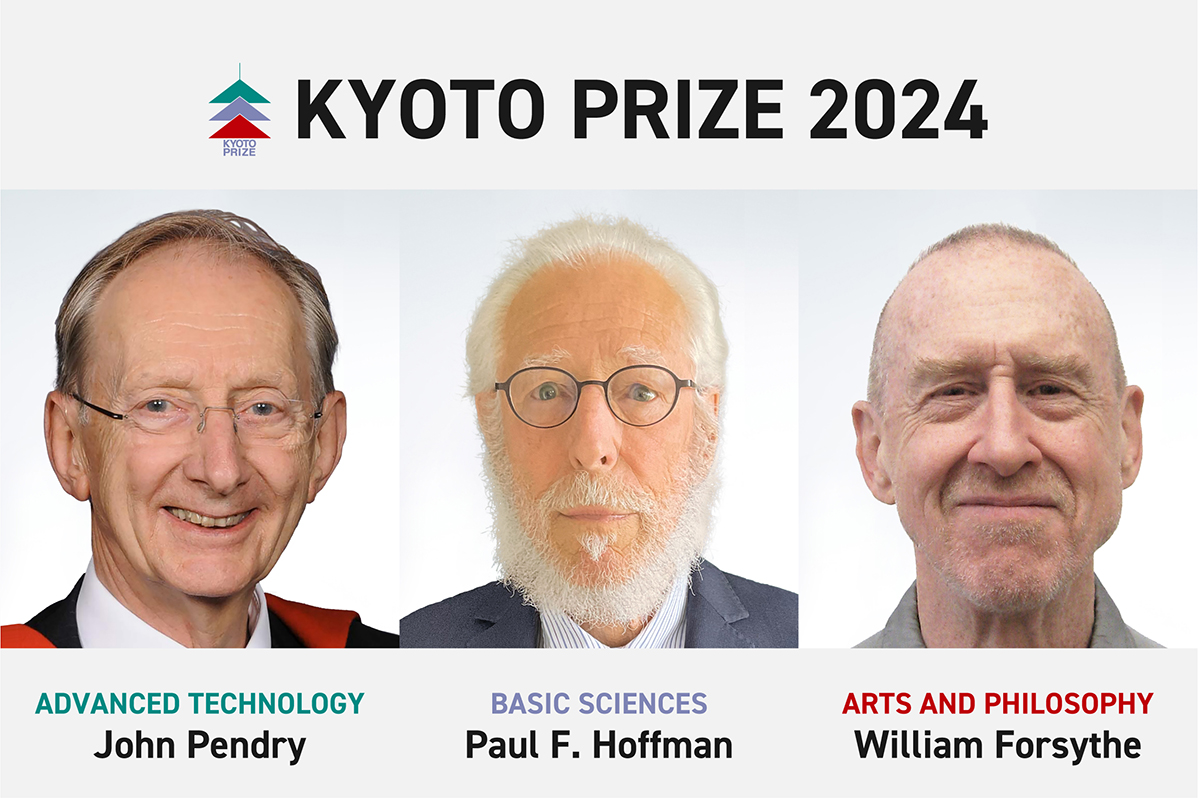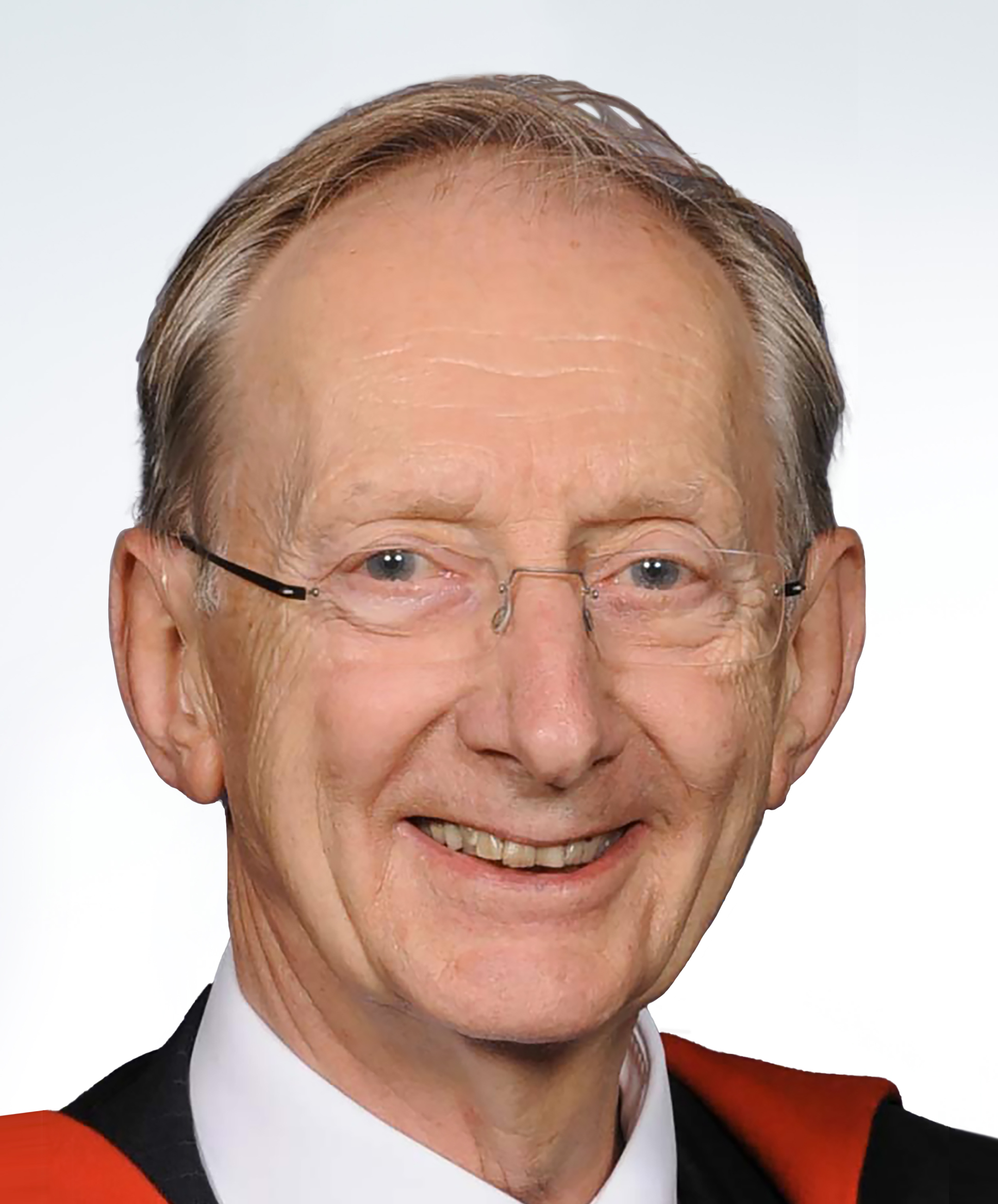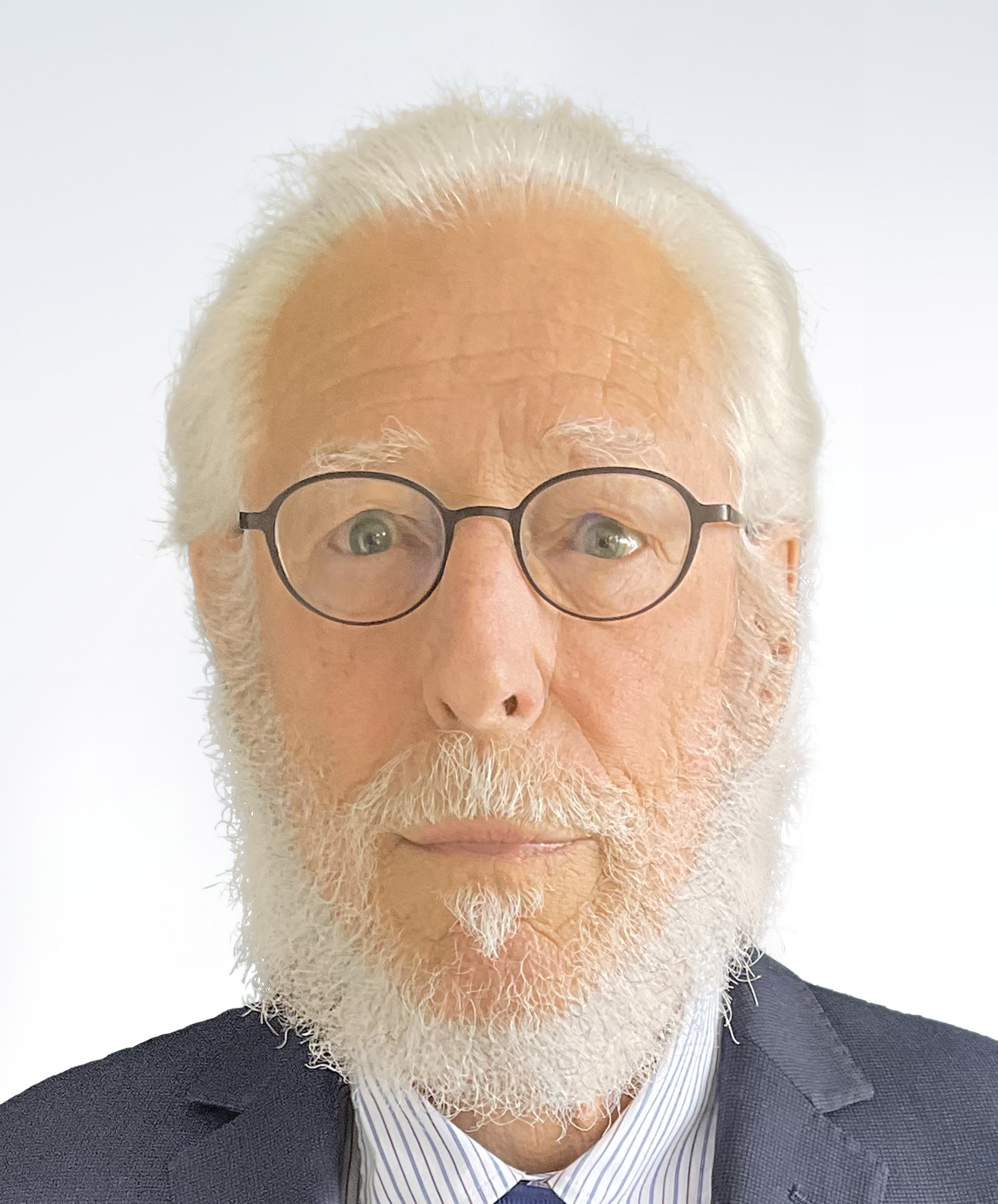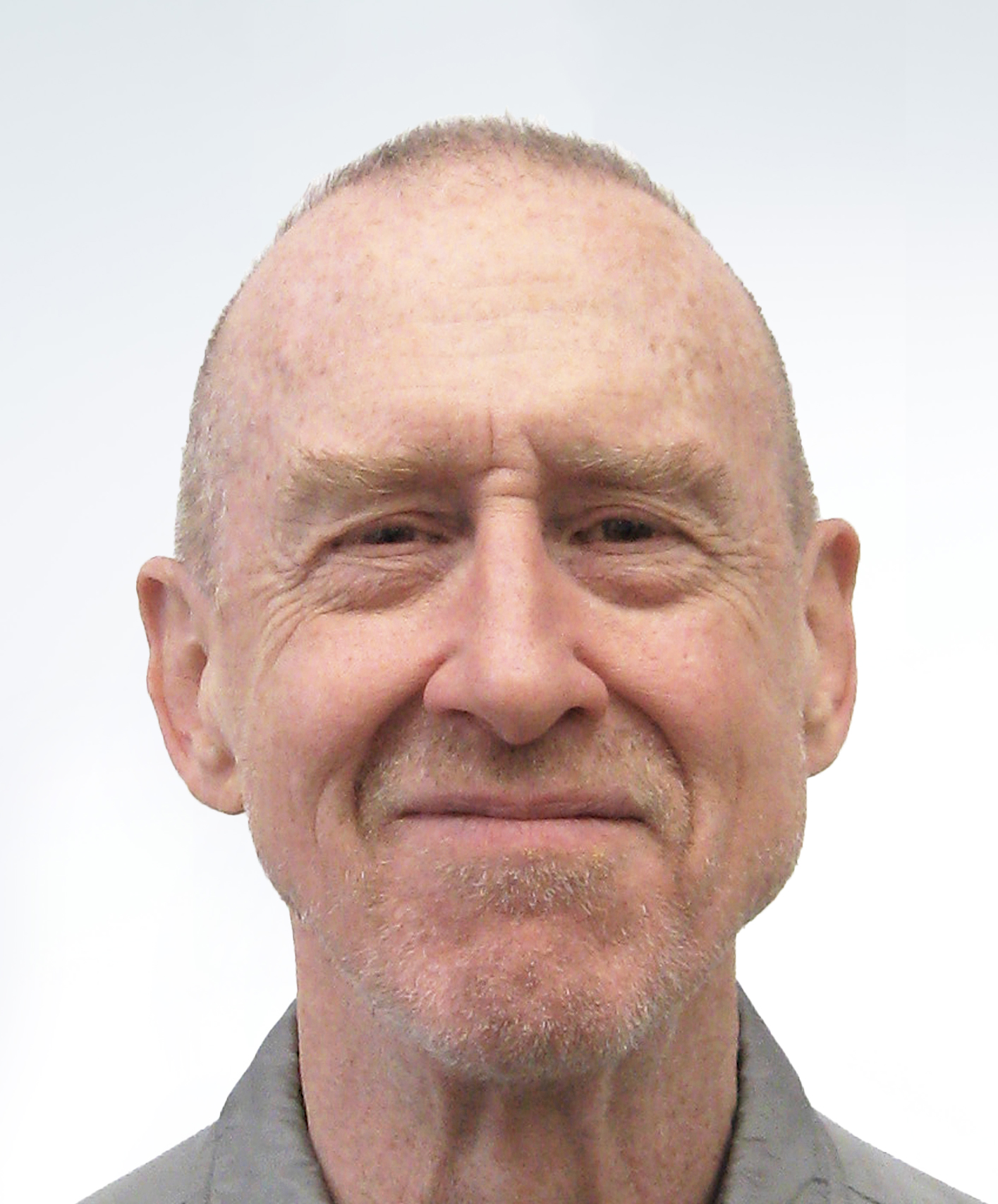

| Contribution of the Theoretical Construction of Metamaterials to the Field of Materials Science |
| John Pendry theoretically demonstrated that materials with electromagnetic properties not found in nature, such as negative-refractive-index materials (metamaterials) can be realized by designing microstructures smaller than the wavelength of the target electromagnetic waves, thereby laying the groundwork for creating innovative materials such as “superlenses” with subwavelength resolution and “invisibility cloaks.” |
| From Sir John Pendry |
| I am deeply honoured to be awarded the Kyoto Prize, one of the most prestigious in science. Few achievements are made in isolation and I take this opportunity to thank my students, collaborators and colleagues, all of whom contributed in various ways to the work for which this award is made. |

| Proving Snowball Earth Accelerating Life Evolution and Plate Tectonics Dating Back to the First Half of Earth’s History |
| Based on geological evidence obtained over 50 years of extensive and precise field research in Arctic Canada and Africa, Paul F. Hoffman has accomplished landmark achievements regarding snowball Earth and plate tectonics in Earth’s early history that led to the present surface environment teeming with diverse life. |
| From Dr. Paul F. Hoffman |
| I am deeply moved to have my name placed alongside previous and present recipients of the prestigious Kyoto Prize. Kyoto stands close to where four tectonic plates meet—the Eurasian, North American, Pacific and Philippine Sea plates. The Northwest Pacific is where the engine of plate tectonics was first revealed, and the construction of continents piece by piece. Geology shows that plate tectonics in all its variety has been operating for billions of years, providing the ingredients for life and advanced civilization. Geology also shows that local causes can have global consequences that are not always desirable. |

| The Choreographer Who Opened a New Horizon of Performing Arts by Radically Renewing Methodologies and Aesthetics of Ballet and Dance |
| William Forsythe’s deep engagement with the vocabulary, structures and norms of traditional ballet has widened perception, expanded practice, and reshaped expectations for the future of the art form. His transformative approach to the grammatical logic of the métier’s practices is an inquiry into the emergence of meaning through the practice of physical organization. |
| From Mr. William Forsythe |
| I would like to express my innermost appreciation and gratitude to the Inamori Foundation, which has so graciously extended this deeply significant gesture of acknowledgment. I am sincerely grateful to the selection committee for their role in conferring this meaningful honor and to all those who have supported and inspired me in this highly collaborative field of endeavor. This important global gesture towards the most ephemeral of the arts will, I believe, strengthen the spirit of the international community of choreographic investigators who dedicate their lives to inimitable acts of disappearance. |
The Kyoto Prize presentation ceremony is held to honor the laureates in the presence of Her Imperial Highness Princess Takamado and many distinguished guests from Japan and overseas including ambassadors and consuls general from many countries. Each laureate is presented with the Kyoto Prize (a Kyoto Prize medal, a diploma, and the prize money) at the ceremony.
A joint press conference is held with the participation of the laureates right after the Presentation Ceremony.
Following the presentation ceremony, a banquet is held in the presence of Her Imperial Highness Princess Takamado as well as many distinguished guests from Japan and overseas.
Commemorative lectures for the general public provide an opportunity to get to know not only the outstanding achievements of the laureates but also their views on life and their personalities. The laureates, who have reached the pinnacles of their respective fields, speak to the audience about their work while relating various episodes. After each lecture, an interviewer will ask the laureates about the lecture and their views on life from the audience’s perspective.
The local NPO Kyoto Symposium Organization and local universities (now University of California San Diego and Point Loma Nazarene University) have been inviting Kyoto Prize laureates and holding a symposium in San Diego, California in March since 2002.
The University of Oxford’s Blavatnik School of Government has been inviting Kyoto Prize laureates and holding diverse programs filled with intellectual stimulation, including public lectures and panel discussions, in May each year since 2017.